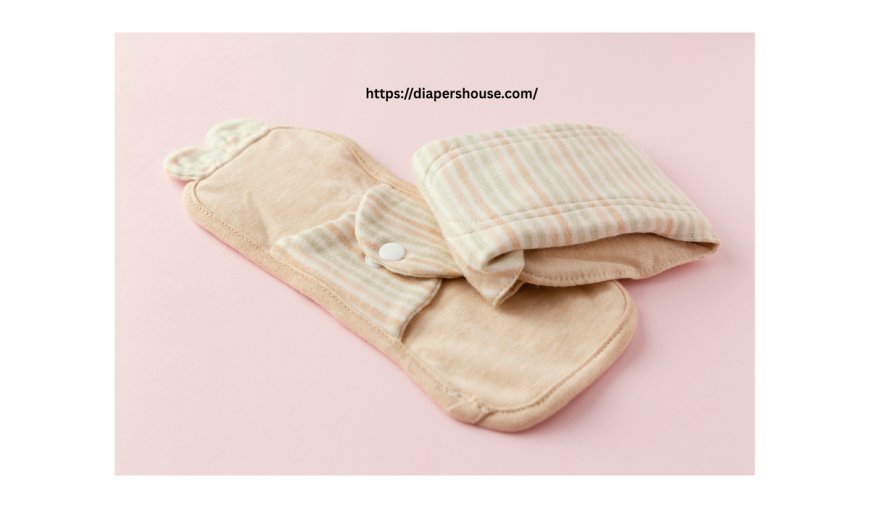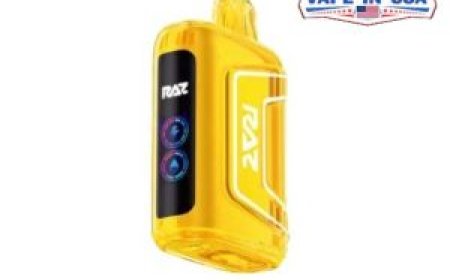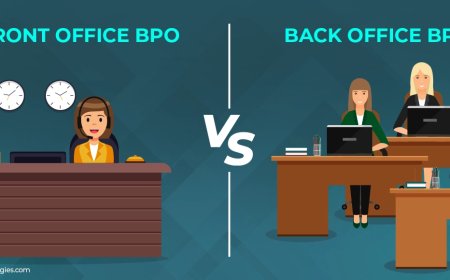Flat and Prefold Diapers: The Ultimate Guide for New Parents
A clear and practical guide to flat and prefold diapers—learn the differences, benefits, and how to use them for simple, eco-friendly cloth diapering.

In the world of cloth diapering, flat and prefold diapers are timeless choices that continue to serve modern families. Whether you're a new parent exploring diapering options or a seasoned caregiver looking for a sustainable alternative, flat and prefold diapers offer affordability, simplicity, and effectiveness.
In this article, we'll dive into what flat and prefold diapers are, how they differ, their pros and cons, and why they remain popular today.
1. What Are Flat and Prefold Diapers?
Flat Diapers
Flat diapers are the most basic and traditional type of cloth diaper. They are single-layer, square or rectangular pieces of fabricusually made from cotton, muslin, bamboo, or hemp. These diapers require folding before use and must be paired with a waterproof diaper cover. Because they are just one layer, they dry quickly and are easy to clean.
Prefold Diapers
Prefold diapers are a step up in structure. They are also made from layers of absorbent fabric but come pre-sewn into three vertical sections. The center section has more layers for added absorbency. While prefolds still need folding, they are quicker to use than flats and offer more built-in absorbency.
2. Key Differences Between Flat and Prefold Diapers
Flat diapers are a blank canvasthey require more folding but offer maximum flexibility. Prefolds, on the other hand, are semi-prepped, which means theyre quicker to put on but less customizable in shape. Flats are thinner and dry faster, while prefolds take longer to dry due to their multiple layers.
Both require fasteners like Snappis or pins and need to be used with a waterproof cover to prevent leaks. The choice between the two often comes down to personal preference, budget, and lifestyle.
3. Advantages of Flat Diapers
Flat diapers are one of the most affordable cloth diapering options. They can cost as little as $12 per diaper, making them ideal for families on a tight budget. Here are some major benefits:
-
Highly customizable: You can fold flats in different ways to suit your babys size and needs.
-
Fast drying: The single-layer design allows for quick drying, even when air-dried indoors.
-
Easy to clean: They are less prone to detergent buildup and can be washed by hand if needed.
-
Compact for travel: Their thin, foldable structure makes them great for packing.
4. Advantages of Prefold Diapers
Prefolds strike a balance between convenience and cost. Though slightly more expensive than flats, they offer more absorbency and structure. Their key benefits include:
-
More absorbent: The center panel has extra layers, making it effective for heavier wetters.
-
Easier to fold: Since they already have a sewn-in design, fewer folding techniques are needed.
-
Durable: Prefolds can last through multiple children if cared for properly.
-
Newborn-friendly: Perfect size and absorbency for newborns and infants.
5. Challenges to Consider
Flat Diapers
While versatile, flat diapers do have a learning curve. Parents need to learn how to fold them properly, which can be tricky for beginners. Also, because they are thin, they may require frequent changing or additional absorbent boosters for nighttime use.
Prefold Diapers
Prefolds are bulkier and take longer to dry, especially if air-dried. They are also less adaptable in shape compared to flats, which can make getting a perfect fit more difficult as your baby grows.
6. How to Use Flat and Prefold Diapers
Using these diapers is simple once you get the hang of it.
How to Use Flat Diapers:
-
Choose a folding methodsuch as the kite fold, origami fold, or pad fold.
-
Place the folded diaper under your baby.
-
Secure with a fastener like a Snappi or diaper pins.
-
Add a waterproof diaper cover to prevent leaks.
How to Use Prefold Diapers:
-
Fold the prefold into thirds (trifold) or use the angel wing fold.
-
Place the diaper on your baby or inside a cover.
-
Fasten it if needed or simply wrap the cover tightly.
-
Ensure the diaper fits snugly around the legs and waist.
Both types can also be used as absorbent inserts in pocket diapers or as burp cloths, changing pads, and cleaning rags once your diapering days are over.
7. Choosing the Right Material and Size
Flat and prefold diapers come in various materials such as cotton, bamboo, and hemp. Cotton is the most commonly used and offers a balance of absorbency, softness, and ease of washing. Bamboo is more absorbent and gentle on sensitive skin, while hemp is highly absorbent but slower to dry.
For sizing, flats are usually one-size and can be adjusted through folding. Prefolds come in different sizestypically newborn, infant, and premiumbased on your baby's weight. Choosing the right size ensures comfort and prevents leaks.
8. Washing and Care Tips
Keeping cloth diapers clean is essential for your babys health and diaper longevity.
-
Pre-rinse: Rinse in cold water to remove waste.
-
Main wash: Wash with warm or hot water using a cloth-diaper safe detergent.
-
Rinse again: An extra rinse helps remove detergent residues.
-
Drying: Line dry for longevity or use a low heat setting in the dryer.
Avoid using fabric softeners or bleach regularly, as they can reduce absorbency and wear down the fibers.
9. Flat and Prefold Diapers vs Modern Cloth Diapers
Modern cloth diapers like pockets, all-in-ones, and hybrids are popular for their convenience. However, they tend to be more expensive and slower to dry. Flat and prefold diapers, while requiring a little more effort, are cost-effective, faster to clean and dry, and highly customizable.
Theyre also more eco-friendly in the long run and can be reused in many ways even after your baby outgrows them.
10. Final Thoughts: Should You Choose Flat or Prefold Diapers?
Both flat and prefold diapers are excellent choices for parents who want an affordable, reusable, and eco-conscious diapering solution. Flat diapers are best if you want maximum flexibility and ease of washing. Prefolds are ideal if you prefer a little more structure and higher absorbency without sacrificing budget.
With a bit of practice, either option can become a reliable part of your diapering routine. Whether you're cloth diapering full-time or just want a backup for emergencies, these classic options deliver value, sustainability, and peace of mind.






































